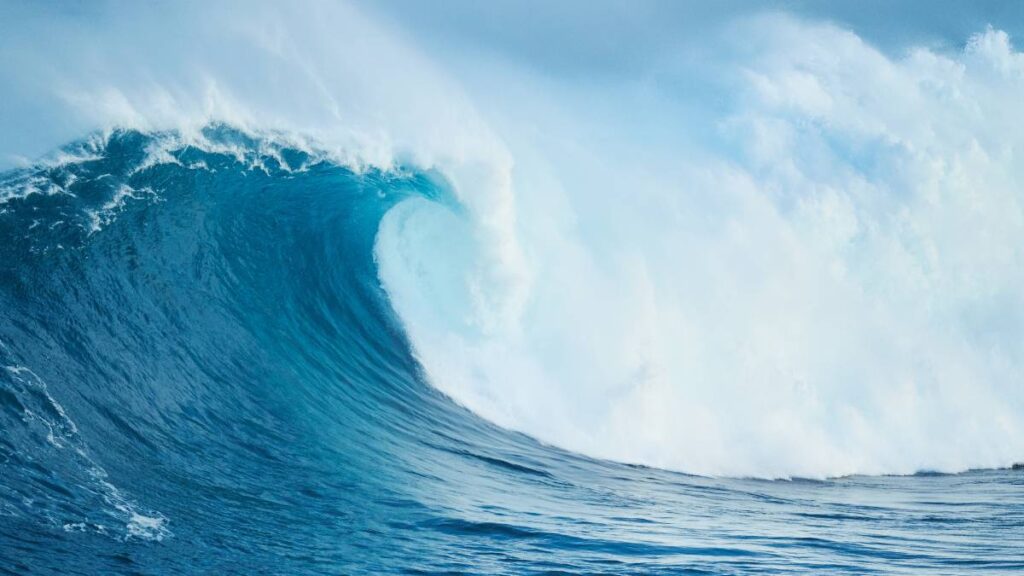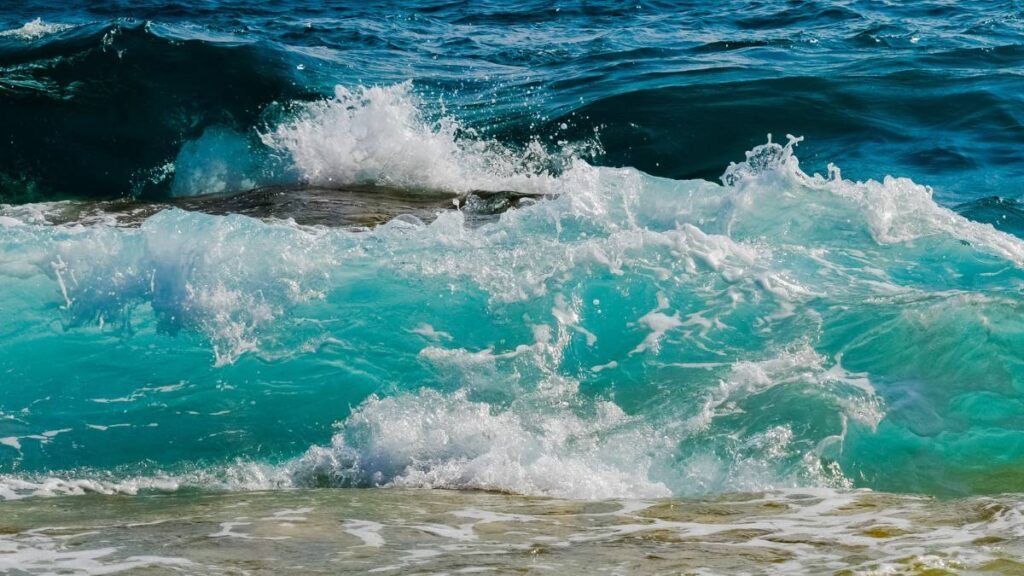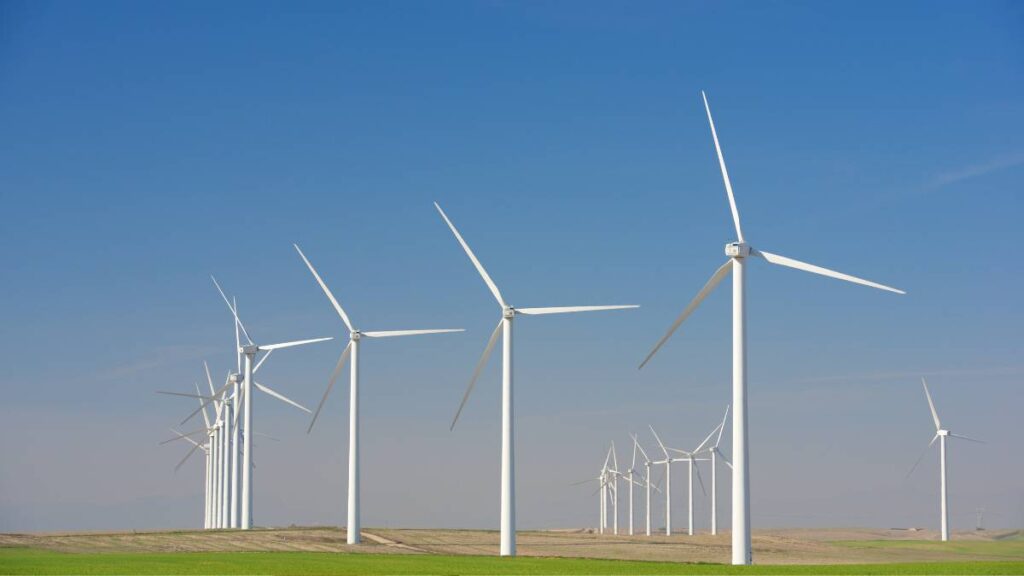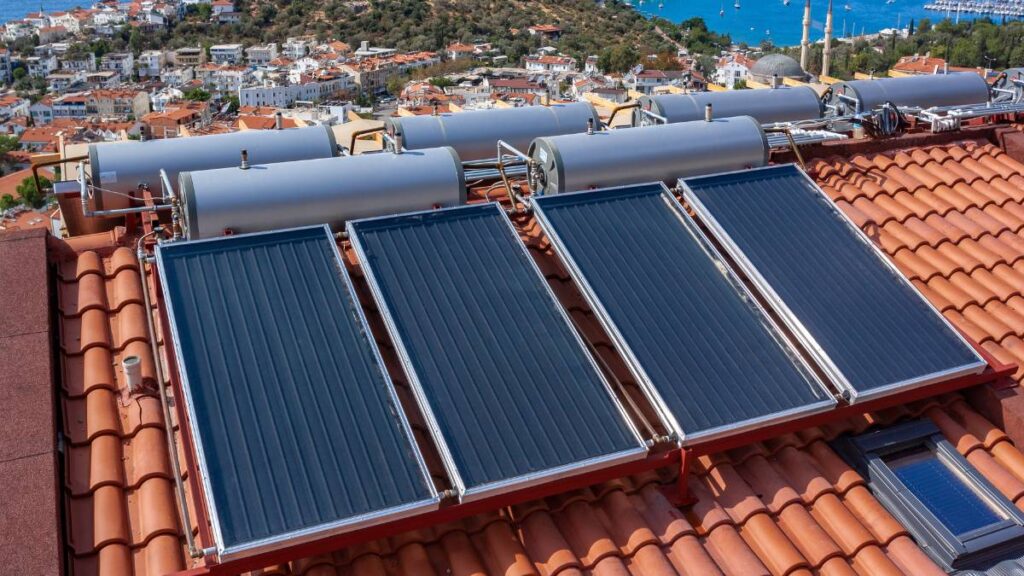Imagine harnessing the relentless power of the world’s oceans, a force so vast that it could meet a significant portion of global energy needs. Marine energy, a relatively untapped renewable resource, presents an extraordinary opportunity to revolutionize our energy systems. By capturing the dynamic power of ocean waves, tides, and currents, we can unlock a treasure trove of sustainable energy, promising a cleaner, more resilient future.
A World of Energy: Exploring Marine Energy Sources
Marine energy encompasses various methods of generating power from the sea, including:
- Wave Energy: Harnessing the energy of surface wave motion to generate electricity using devices like oscillating water columns and overtopping devices.
- Tidal Energy: Utilizing the gravitational pull of the moon and sun that creates predictable tides, captured through turbines or barrages.
- Ocean Current Energy: Converting the kinetic energy of the world’s vast, consistent ocean currents into power with underwater turbines.
Power from the Deep: How Marine Energy Works
Different marine energy technologies operate on unique principles:
- Wave Energy Devices transform the up-and-down motion of waves into mechanical energy, which is then converted into electricity.
- Tidal Energy Turbines work similarly to wind turbines, spinning with the movement of tidal currents to generate power.
- Ocean Current Energy is harnessed by placing turbines in steady, fast-moving underwater currents, capturing their kinetic energy to produce electricity.
Advantages of Marine Energy
Marine energy offers compelling advantages:
- Renewable and Predictable: The ocean’s energy is abundant and more predictable than wind or solar, providing a consistent power source.
- High Energy Density: Water’s high density means marine energy devices can generate substantial power in a small area.
- Sustainability: This clean energy source reduces dependence on fossil fuels, aiding in the fight against climate change.
- Remote Powering Capabilities: It’s particularly beneficial for isolated coastal communities and offshore facilities.
Challenges and Considerations
Marine energy faces several challenges:
- Economic and Technological Barriers: The high costs and complex technology of marine energy systems can impede their development.
- Environmental Impacts: Potential effects on marine ecosystems necessitate careful ecological assessments and mitigation strategies.
- Operational Challenges: Marine devices must withstand harsh oceanic conditions, posing durability and maintenance challenges.
Advancements in Marine Energy Technology
Technological progress is rapidly addressing these challenges:
- Efficiency and Cost Improvements: Innovations are making wave, tidal, and current energy devices more efficient and affordable.
- Environmental Research: Studies aim to minimize the ecological footprint of marine energy systems.
- Material and Design Enhancements: Advancements in engineering are leading to more durable and maintainable marine energy infrastructure.
The Future of Marine Energy
Marine energy’s global potential is vast, with pilot projects worldwide demonstrating its feasibility and benefits. Supportive government policies and investments can accelerate its development, while integration with other renewables could lead to more efficient and flexible energy systems.
Examples of Marine Energy Projects Around the World
Wave Energy Projects
- Sihwa Lake Wave Power Plant, South Korea: As one of the world’s largest wave power installations, the Sihwa Lake Wave Power Plant uses oscillating water columns to generate electricity. This technology harnesses the energy of incoming waves to push air through turbines, converting wave motion into electrical power.
- Viking Energy Ltd., Scotland: Located in the rough waters off Scotland’s coast, Viking Energy features innovative wave energy converters that operate like giant yellow buoys. These devices capture the kinetic energy of waves, which is then transmitted to the shore through underwater cables, showcasing the potential of wave energy in maritime environments.
Tidal Energy Projects
- MeyGen Tidal Energy Project, Scotland: Situated in the Pentland Firth strait, known for its strong tidal currents, the MeyGen project is a leading example of tidal energy harnessing. It uses submerged turbines anchored to the seabed, where the ebb and flow of tides drive the turbines to generate electricity, contributing significantly to the UK’s renewable energy portfolio.
- Shanghai Dongsha Tidal Power Station, China: This project represents one of the largest tidal barrage systems, capturing tidal energy through a dam-like structure. As tides rise and fall, water flows through turbines in the barrage, producing electricity and demonstrating the large-scale potential of tidal power.
Ocean Current Energy Projects
- Cobscook Bay Tidal Energy Project, United States: Located in Maine, this pilot project utilizes the strong ocean currents of Cobscook Bay to generate power. The project’s underwater turbines convert the kinetic energy of moving water into electrical energy, providing valuable insights into the feasibility and efficiency of ocean current energy in the U.S.
These projects exemplify the diverse approaches to harnessing marine energy, each with unique designs and mechanisms suited to their local environments. They illustrate the global commitment to exploring and expanding the capabilities of marine energy, showcasing its potential as a key player in the renewable energy sector.

Frequently Asked Questions on Marine Energy
Marine energy is the power generated from the movement of ocean tides, waves, and currents. It represents a renewable and sustainable energy source, offering an alternative to fossil fuels and contributing to cleaner energy solutions.
An example of marine energy includes tidal power, where underwater turbines generate electricity from the rise and fall of ocean tides. Another example is wave power, which uses the energy of surface waves to produce electricity through various mechanical devices.
Countries like Canada, the United States, South Korea, Indonesia, and China are actively investing in marine energy, particularly tidal and wave energy technologies. In Europe, the EU aims to increase its marine energy capacity significantly by 2050, with ambitious targets for wave and tidal energy installations.
Advantages of marine energy include its renewability, predictability, and the ability to generate power without emitting greenhouse gases. Disadvantages include high initial costs, potential impacts on marine ecosystems, and the technical challenges of operating in harsh marine environments.
Ocean energy encompasses all forms of renewable energy derived from the sea, including wave energy, tidal energy, and ocean thermal energy conversion (OTEC). These technologies harness the natural power of the ocean’s movements and temperature differentials to generate electricity.
As of recent data, South Korea and France lead in global marine energy capacity, with South Korea having the largest installed capacity. These countries are at the forefront of developing and implementing marine energy projects, contributing significantly to the global capacity of ocean-based renewable energy.
Conclusion
Marine energy stands as a promising frontier in the quest for sustainable power. Its diverse forms, coupled with ongoing technological and ecological advancements, position it as a key player in the future energy mix. As we continue to explore and invest in ocean power, marine energy could become a cornerstone of global efforts to achieve a clean and sustainable energy future. How will you contribute to the wave of change in renewable energy?







